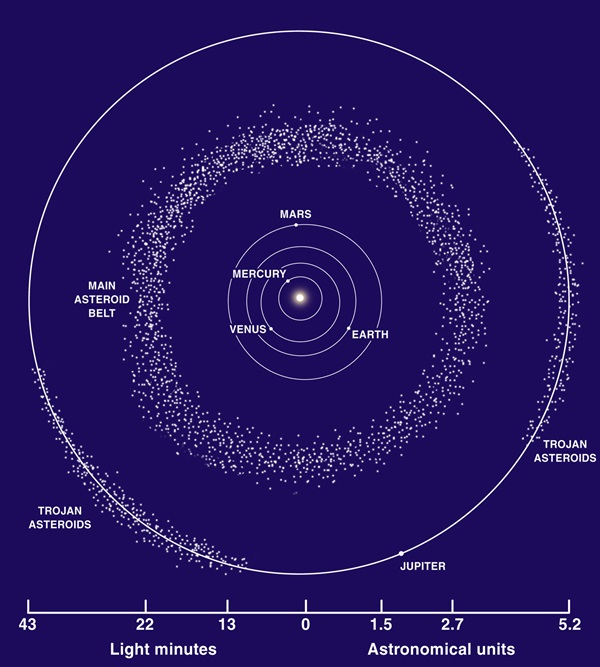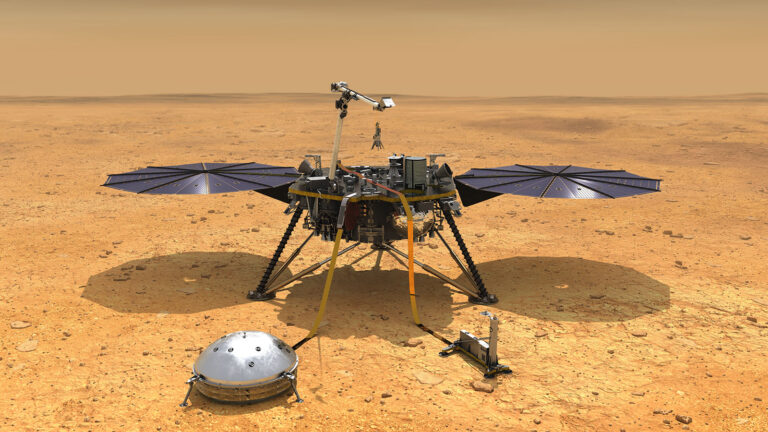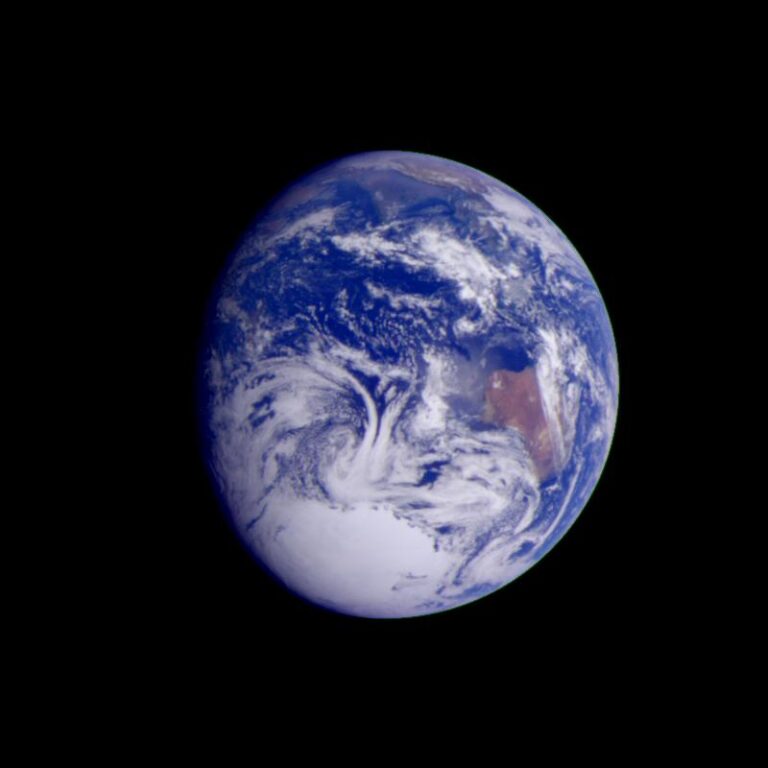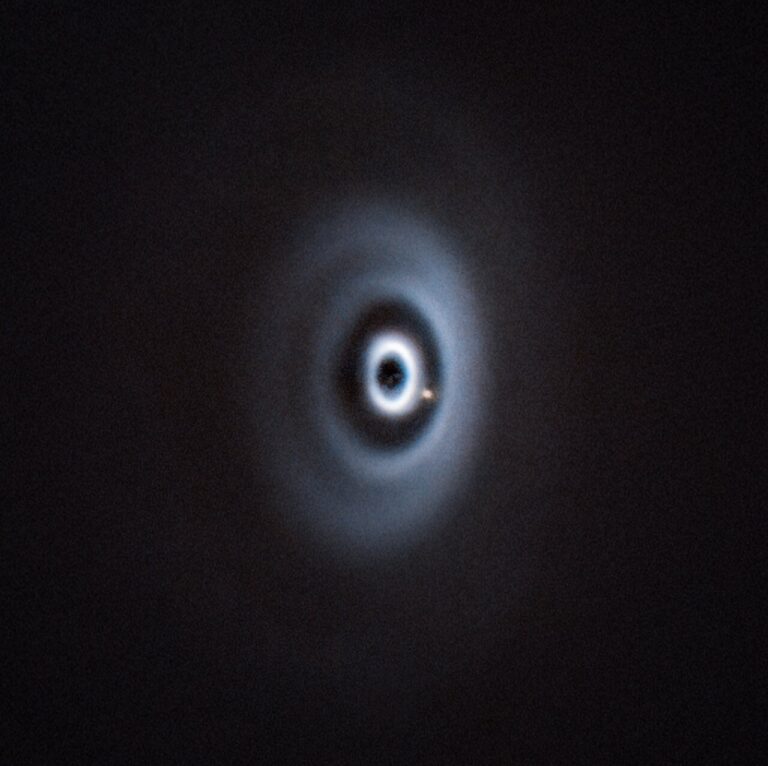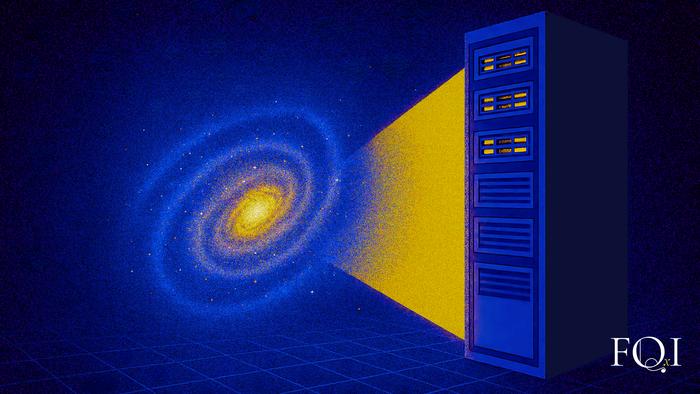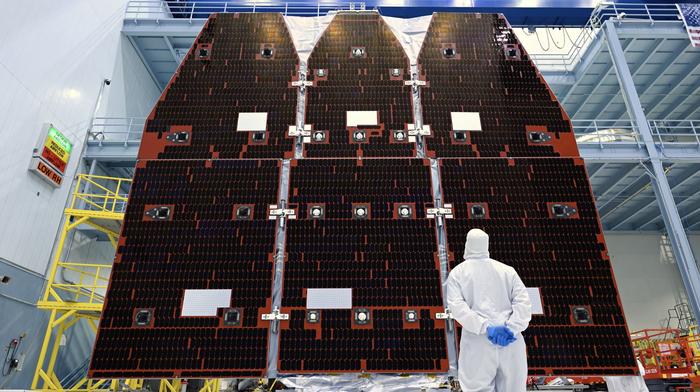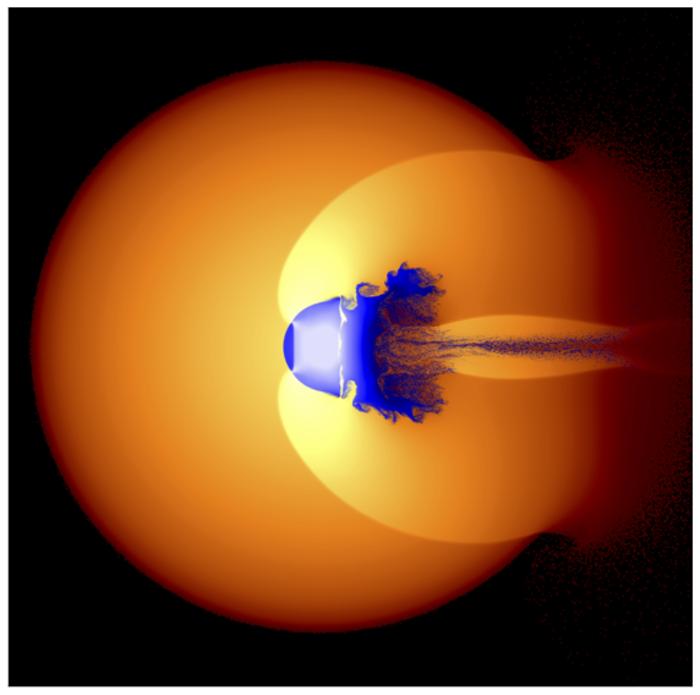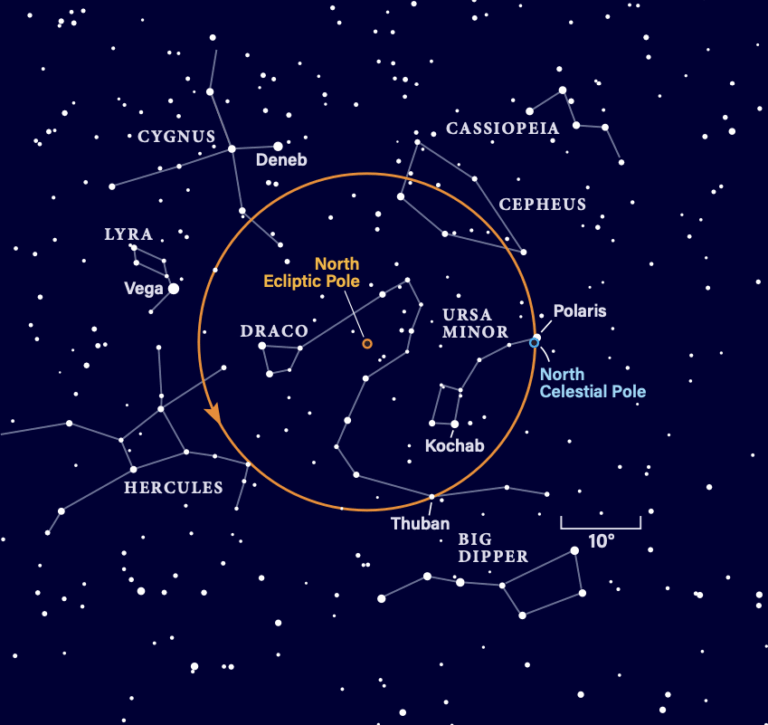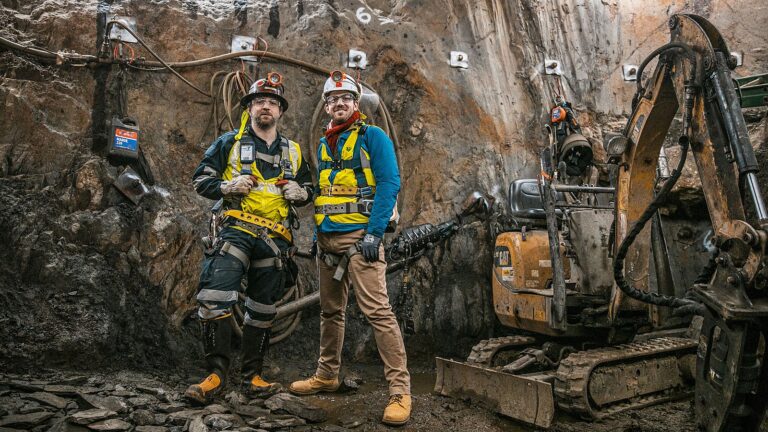Key Takeaways:
- The asteroid belt's total mass is insufficient for planetary formation, comprising only approximately 4% of the Moon's mass.
- Jupiter's gravitational influence, specifically through mean motion resonances, significantly impacts asteroid orbits.
- These resonances cause repeated close encounters between Jupiter and asteroids, resulting in ejection from the solar system.
- The current asteroid population represents a remnant of a much more massive belt, depleted by Jupiter's gravitational perturbations.
We haven’t counted every tiny asteroid by a long shot, but we can estimate the mass of the belt from the asteroids we see and by monitoring the orbits of both Mars and Earth. The belt contains only about 4 percent of the Moon’s mass in asteroids — not enough to form a planet-sized body.
Why is there so little mass in the asteroid belt? And why didn’t a planet form there when, say, Earth was forming?
Jupiter stirs up the asteroid belt through dynamical effects called “mean motion resonances.” A mean motion resonance happens when the orbit of an asteroid has the right period so the asteroid closely encounters a planet at the same location in the solar system over and over again. When this happens between the asteroid and Jupiter, Jupiter’s gravitational tugs on the asteroid add up and reinforce each other, and they can easily boot the asteroid out of the solar system.
These resonances (and other kinds of perturbations associated with Jupiter and Saturn) probably stripped the ancient asteroid belt of most of its mass. So the asteroids we see today are the few survivors that somehow escaped Jupiter’s grasp. — Marc J. Kuchner, NASA’s Goddard Space Flight Center, Greenbelt, Maryland

